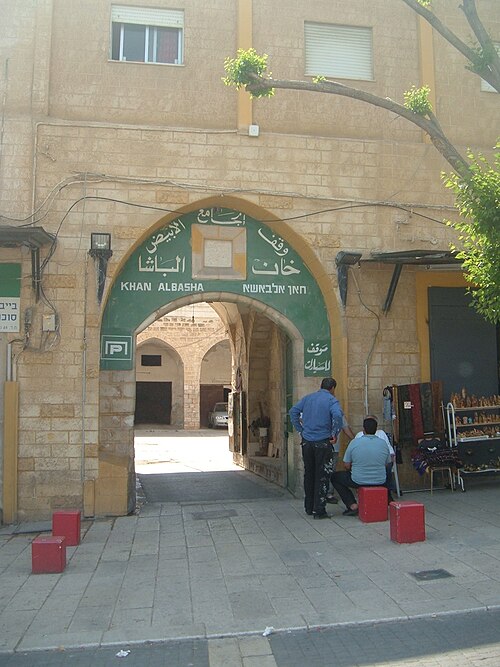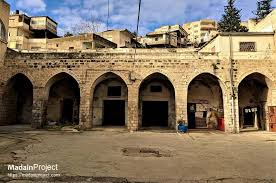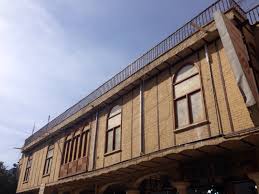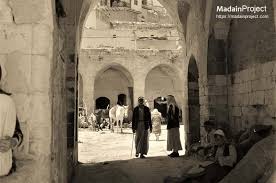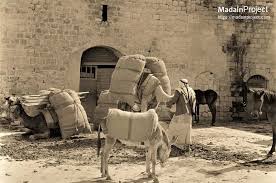Great Khan al-Basha was built in the 16th century, specifically in 1574 AD, by the order of the Ottoman governor Muhammad Pasha, who was the ruler of Aleppo at the time. It was named “Khan al-Basha” after its founder. It was built to provide a safe and comfortable place for merchants and caravans passing through Aleppo, which was an important meeting point along the Silk Road. The Khan was used to store goods and exchange commodities, which contributed to Aleppo’s status as an important commercial center in the region. The crenellated gate, which had a gendarmerie at its entrance, obscured the walled courtyard with arcades and pointed arches that opened into 200 rooms for spice merchants. Within the Khan, a pool was used to cool onions and thyme during the summer, and a small mosque was established on its northern side. It passed to the Waqf al-Haramain in 1550 and the proceeds were used to restore the Kaaba. In 2006, the Ministry of Tourism restored the tiles and installed a water pump to restore the lake. Today, the Khan is a center for wooden crafts and inlaid ivory exhibitions. It also hosts an annual Halabi Pigeon Auction that revives the old homing pigeon trade.
